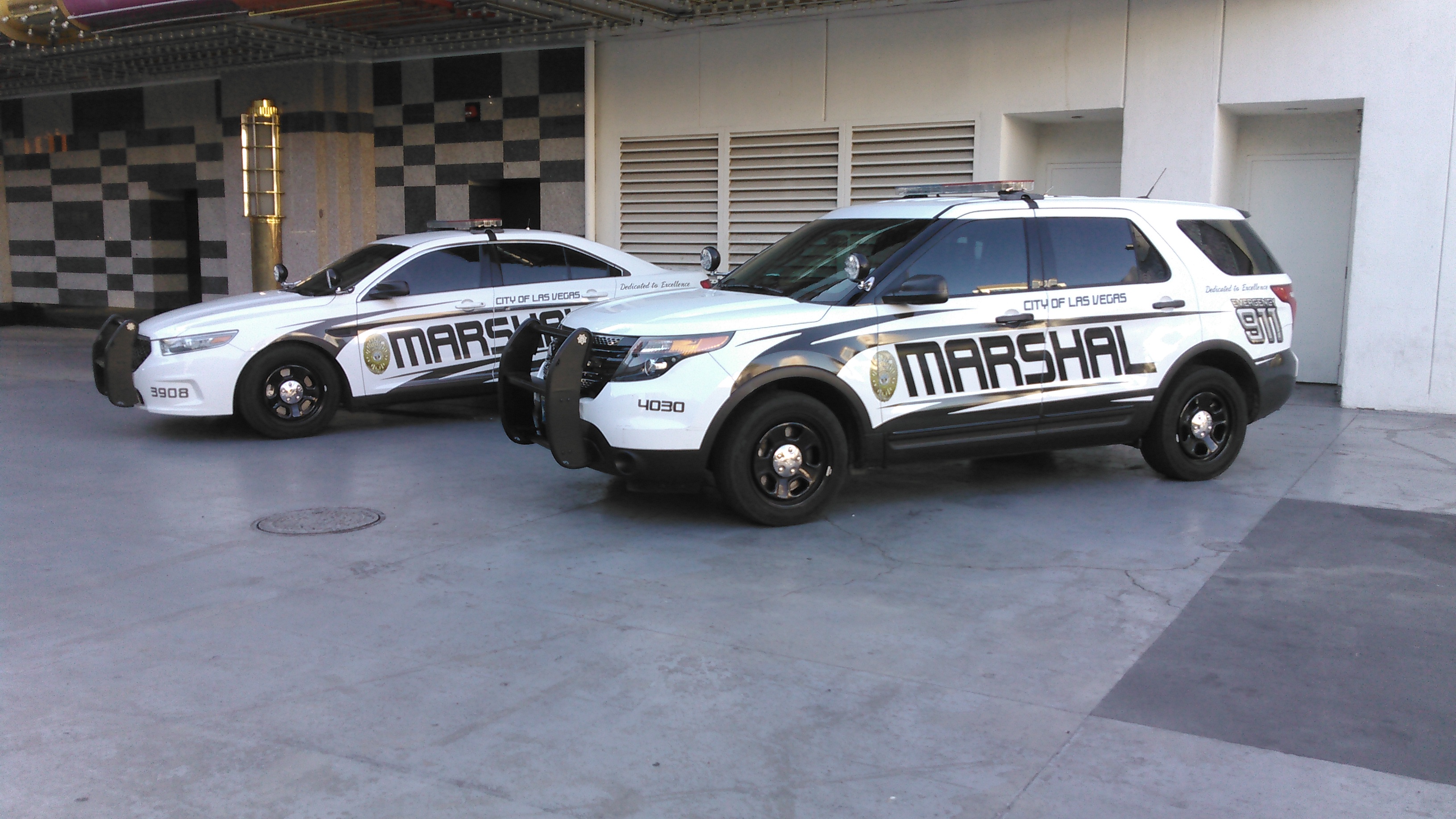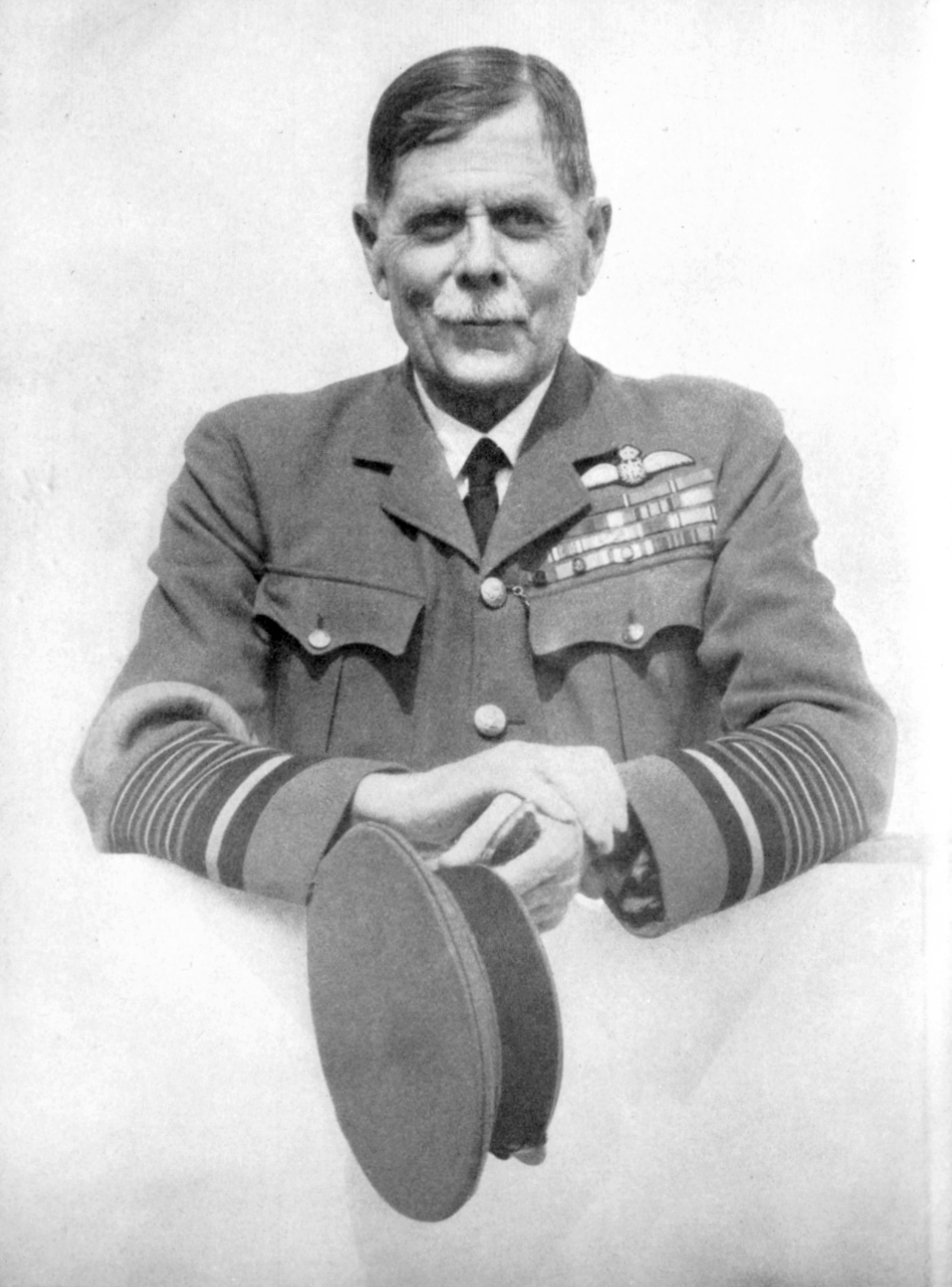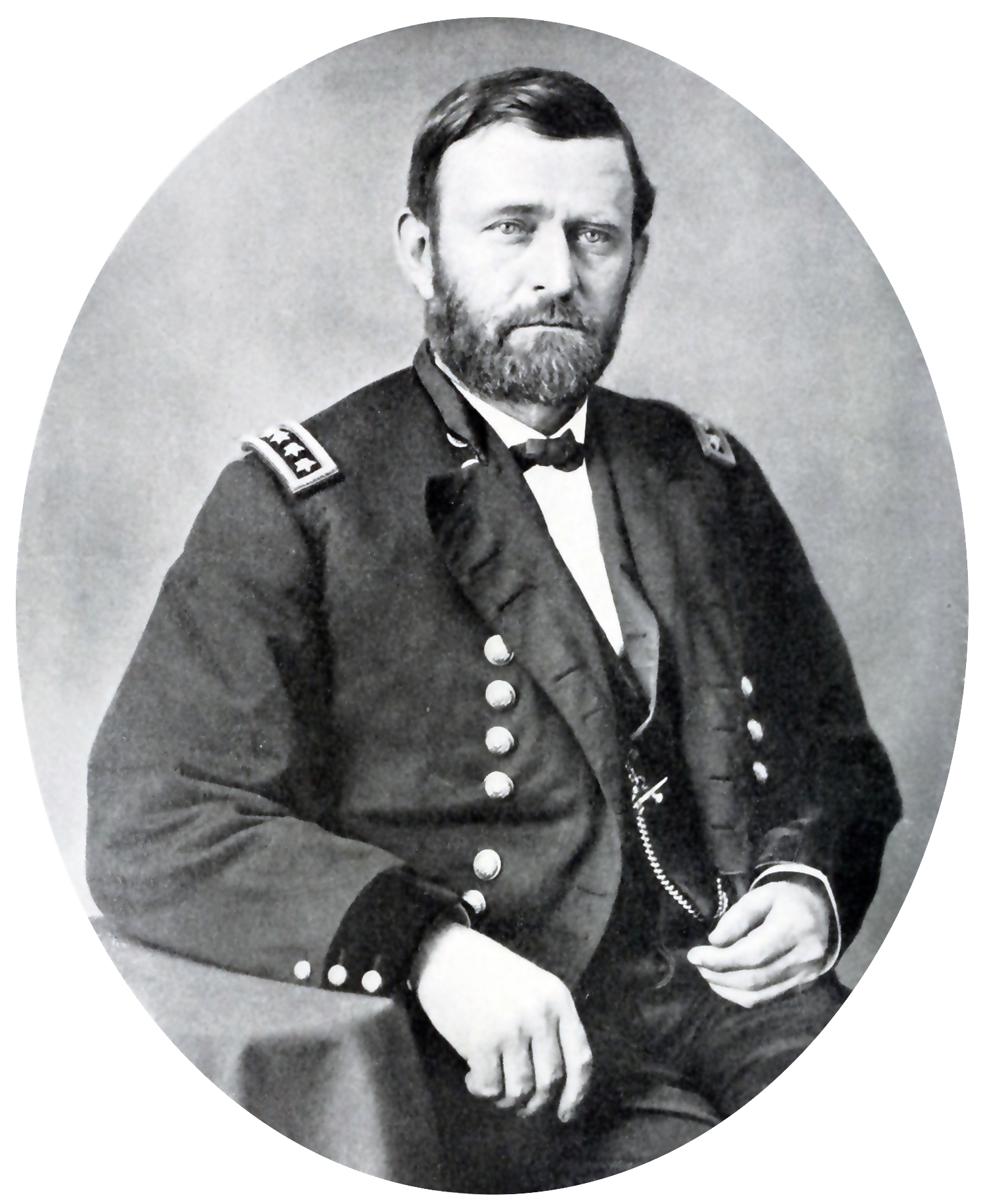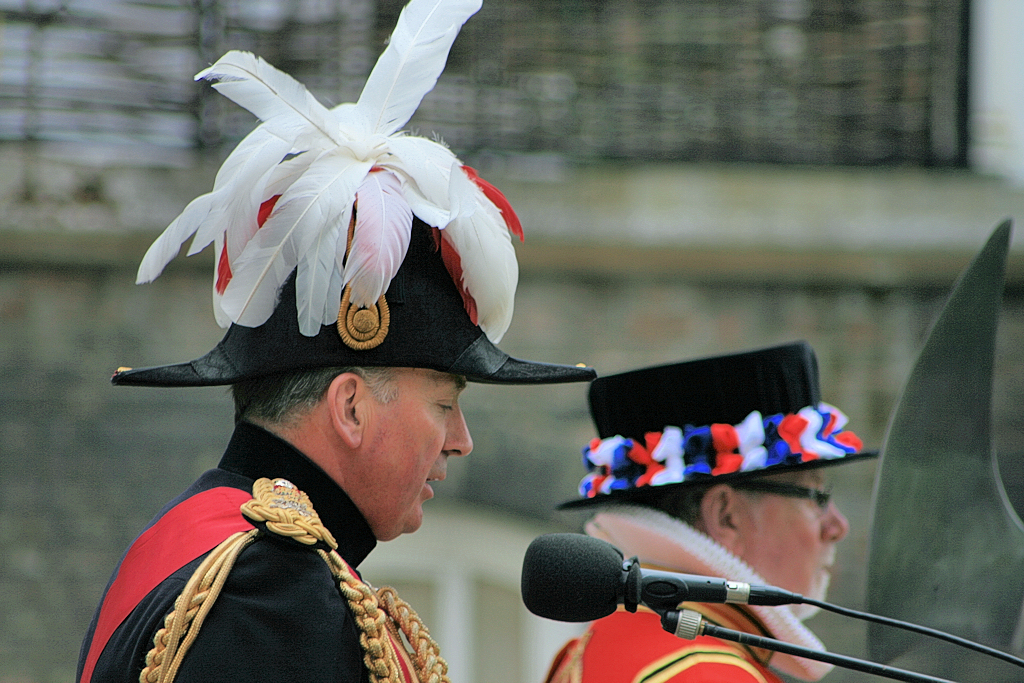|
Marshal
Marshal is a term used in several official titles in various branches of society. As marshals became trusted members of the courts of Middle Ages, Medieval Europe, the title grew in reputation. During the last few centuries, it has been used for elevated offices, such as in military rank and civilian law enforcement. In most countries, the rank of Field marshal, Marshal is the highest Army rank (equivalent to a five-star General of the Army (United States), General of the Army in the United States). Etymology ''Marshal'' is an ancient loanword from Old French ''mareschal'' (cf. Modern French ''maréchal''), which in turn is borrowed from Old Frankish *' "stable boy, keeper, servant", attested by Medieval Latin ''mariscalcus'' from a Proto-Germanic ''*maraχskalkaz'' (cf. Old High German ''marahschalh'')p. 93b-283a, T. F. Hoad, ''The Concise Oxford Dictionary of English Etymology'' (Oxford University Press, 1993) being still evident in Middle Dutch ''maerscalc'', ''marscal'', ... [...More Info...] [...Related Items...] OR: [Wikipedia] [Google] [Baidu] |
Field Marshal
Field marshal (or field-marshal, abbreviated as FM) is the most senior military rank, senior to the general officer ranks. Usually, it is the highest rank in an army (in countries without the rank of Generalissimo), and as such, few persons are ever appointed to it. It is considered as a five-star rank (OF-10) in modern-day armed forces in many countries. Promotion to the rank of field marshal in many countries historically required extraordinary military achievement by a general (a wartime victory). However, the rank has also been used as a Division (military), divisional command rank and as a brigade command rank. Examples of the different uses of the rank include Afghanistan, Austria-Hungary, India, Pakistan, Prussia/Germany and Sri Lanka for an extraordinary achievement; Spain and Mexico for a divisional command (); and France, Portugal and Brazil for a brigade command (, ). Origins The origin of the term dates to the early Middle Ages, originally meaning the keeper of t ... [...More Info...] [...Related Items...] OR: [Wikipedia] [Google] [Baidu] |
Air Chief Marshal
Air chief marshal (Air Chf Mshl or ACM) is a high-ranking air officer rank used by some air forces, with origins from the Royal Air Force. The rank is used by air forces of many Commonwealth of Nations, countries that have historical British influence. This rank is also equivalent to an Admiral in a List of navies, navy or a full general in an List of armies by country, army or other nations' air forces. The rank of air chief marshal is immediately senior to the rank of air marshal but subordinate to marshal of the air force. Air chief marshals are sometimes generically considered to be air marshals. Australia In the Royal Australian Air Force, this rank is only used when the Chief of the Defence Force (Australia), Chief of the Defence Force is an Air Force officer. When this is not the case, the senior ranking Air Force officer is the Chief of Air Force (Australia), Chief of Air Force, holding the rank of air marshal (Australia), air marshal. With the establishment of t ... [...More Info...] [...Related Items...] OR: [Wikipedia] [Google] [Baidu] |
Marshal Of The Royal Air Force
Marshal of the Royal Air Force (MRAF) is the highest rank in the UK's Royal Air Force (RAF). In peacetime it was granted to RAF officers in the appointment of Chief of the Defence Staff (United Kingdom), Chief of the Defence Staff (CDS), and to retired Chief of the Air Staff (United Kingdom), Chiefs of the Air Staff (CAS), who were promoted to it on their last day of service. While surviving Marshals of the RAF retain the rank for life, the highest rank to which officers on active service are promoted is now air chief marshal. Although general promotions to Marshal of the Royal Air Force have been discontinued since the British defence cuts of the 1990s, further promotions to the rank may still be made in wartime, for members of the British Royal Family, Royal Family and certain very senior RAF air officers in peacetime at the discretion of the monarch; all such promotions in peacetime are only honorary, however. In 2012, the then Charles III, Prince of Wales was promoted to the ... [...More Info...] [...Related Items...] OR: [Wikipedia] [Google] [Baidu] |
General Of The Army (United States)
General of the Army (abbreviated as GA) is a five-star rank, five-star general officer rank in the United States Army. It is generally equivalent to the rank of field marshal in other countries. In the United States, a General of the Army ranks above General (United States), generals and is equivalent to a Fleet admiral (United States), fleet admiral and a general of the Air Force. The General of the Army insignia consisted of five stars in a pentagonal pattern, with touching points. The insignia was paired with the gold and enameled United States coat of arms on service coat shoulder loops. The silver colored five-star chain has major insignia alone would be worn for use as a collar insignia of grade and on the garrison cap. Soft shoulder epaulets with five stars in silver thread and gold-threaded United States coat of arms on green cloth were worn with shirts and sweaters. The rank of "General of the Army" (the highest rank in the army) has had two incarnations. The first w ... [...More Info...] [...Related Items...] OR: [Wikipedia] [Google] [Baidu] |
Baton (symbol)
The ceremonial baton is a short, thick stick-like object, typically in wood or metal, that is traditionally the sign of a field marshal or a similar high-ranking military officer, and carried as a piece of their uniform. The baton is distinguished from the swagger stick in being thicker and effectively without any practical function. A staff of office is rested on the ground; a baton is not. Unlike a royal sceptre that is crowned on one end with an eagle or globe, a baton is typically flat-ended. Origins The baton can most likely be traced back to the Mace (bludgeon), mace, with ancient kings and pharaohs often being buried with ceremonial maces. With the advent of primitive body armor, the mace went out of fashion, but made a comeback as an effective weapon against full plate armour during the Late Middle Ages. During this time, the staff of office also became a prominent symbol of power. By the time of Louis X of France, it was common for sergeant-at-arms, sergeants-at-arms ... [...More Info...] [...Related Items...] OR: [Wikipedia] [Google] [Baidu] |
Military Rank
Military ranks is a system of hierarchy, hierarchical relationships within armed forces, police, Intelligence agency, intelligence agencies, paramilitary groups, and other institutions organized along military organisation , military lines, such as youth groups, chivalric orders, religious orders, and certain civilian organizations. Responsibility (other) , Responsibility for personnel, equipment and missions grows as each member of the organization advances in rank. The system of military ranks defines dominance, authority, and Professional responsibility, responsibility within a military hierarchy. It incorporates the principles of exercising Power (social and political), power and authority into the military Command hierarchy, chain of command—the succession of commanders superior to subordinates through which command is exercised. The military chain of command is an important component for organized collective action. Military uniform , Uniforms denote the bearer ... [...More Info...] [...Related Items...] OR: [Wikipedia] [Google] [Baidu] |
Royal Air Force
The Royal Air Force (RAF) is the Air force, air and space force of the United Kingdom, British Overseas Territories and Crown Dependencies. It was formed towards the end of the World War I, First World War on 1 April 1918, on the merger of the Royal Flying Corps (RFC) and the Royal Naval Air Service (RNAS). Following the Allies of World War I, Allied victory over the Central Powers in 1918, the RAF emerged as the largest air force in the world at the time. Since its formation, the RAF has played History of the Royal Air Force, a significant role in Military history of the United Kingdom, British military history. In particular, during the Second World War, the RAF established Air supremacy, air superiority over Nazi Germany's Luftwaffe during the Battle of Britain, and led the Allied strategic bombing effort. The RAF's mission is to support the objectives of the British Ministry of Defence (United Kingdom), Ministry of Defence (MOD), which are to "provide the capabilities nee ... [...More Info...] [...Related Items...] OR: [Wikipedia] [Google] [Baidu] |
Constable
A constable is a person holding a particular office, most commonly in law enforcement. The office of constable can vary significantly in different jurisdictions. ''Constable'' is commonly the rank of an officer within a police service. Other people may be granted powers of a constable without holding this title. Etymology Etymologically, the word ''constable'' is a loan from Old French ''conestable'' (Modern French ''connétable''),p. 93b-283a, T. F. Hoad, ''The Concise Oxford Dictionary of English Etymology'' (Oxford University Press, 1993) itself from Late Latin ''comes stabuli'' ( attendant to the stables, literally 'count of the stable'), and originated from the Roman Empire; originally, the constable was the officer responsible for keeping the horses of a lord or monarch.p103, Bruce, Alistair, ''Keepers of the Kingdom'' (Cassell, 2002), [...More Info...] [...Related Items...] OR: [Wikipedia] [Google] [Baidu] |
General Officer
A general officer is an Officer (armed forces), officer of high rank in the army, armies, and in some nations' air force, air and space forces, marines or naval infantry. In some usages, the term "general officer" refers to a rank above colonel."general, adj. and n.". OED Online. March 2021. Oxford University Press. https://www.oed.com/view/Entry/77489?rskey=dCKrg4&result=1 (accessed May 11, 2021) The adjective ''general'' had been affixed to officer designations since the late medieval period to indicate relative superiority or an extended jurisdiction. French Revolutionary system Arab system Other variations Other nomenclatures for general officers include the titles and ranks: * Adjutant general * Commandant-General, Commandant-general * Inspector general * General-in-chief * General of the Air Force (USAF only) * General of the Armies, General of the Armies of the United States (of America), a title created for General John J. Pershing, and subsequently grante ... [...More Info...] [...Related Items...] OR: [Wikipedia] [Google] [Baidu] |
Grand Admiral
Grand admiral is a historic naval rank, the highest rank in the several European navies that used it. It is best known for its use in Germany as . A comparable rank in modern navies is that of admiral of the fleet. Grand admirals in individual navies Austria-Hungary The Austrian grand admirals were all members of the Imperial family, except for , the commander of the Austro-Hungarian Navy for part of World War I: France In Bourbon Restoration France, the rank was an honorific one equivalent to that of marshal in the French Army. Germany In the Imperial German Navy, and later in the , the rank ''Großadmiral'' was the equivalent of a British admiral of the fleet or a United States fleet admiral; as a five-star rank (OF-10). Its holders were authorised to carry a baton. The rank was created in 1901 and discontinued in 1945, by which time a total of eight men had been promoted to it. The next most junior rank was (admiral-general). Imperial Germany Before and during ... [...More Info...] [...Related Items...] OR: [Wikipedia] [Google] [Baidu] |
Old Frankish
Frankish ( reconstructed endonym: *), also known as Old Franconian or Old Frankish, was the West Germanic language spoken by the Franks from the 5th to 10th centuries. Franks under king Chlodio settled in Roman Gaul in the 5th century. One of his successors, named Clovis I, took over the Roman province of Gallia Lugdunensis (in modern day France). Outnumbered by the local populace, the ruling Franks there adapted to its language which was a Proto-Romance dialect. However, many modern French words and place names are still of Frankish origin. Between the 5th and 10th centuries, Frankish spoken in Northeastern France, present-day Belgium, and the Netherlands is subsequently referred to as Old Dutch, whereas the Frankish varieties spoken in the Rhineland were heavily influenced by Elbe Germanic dialects and the Second Germanic consonant shift and formed part of the modern Central Franconian and Rhine Franconian dialects of German and Luxembourgish. The Old Franki ... [...More Info...] [...Related Items...] OR: [Wikipedia] [Google] [Baidu] |







